For many, the aroma of freshly brewed coffee is the ultimate wake-up call, a comforting ritual, and a source of pure enjoyment. But achieving that perfect cup goes beyond just the brewing method–it starts with selecting the right coffee beans. This comprehensive guide delves into the world of coffee beans, exploring the factors that influence flavor, highlighting exceptional varieties, and equipping you with the knowledge to elevate your coffee experience.
- Understanding the Fundamentals of Coffee Flavor
- From Bean to Cup: A Historical Journey of Coffee
- Navigating the Current Coffee Landscape: Trends and Demands
- The Science of Flavor: Technical Aspects and Specifications
- Exploring the World of Flavor: Bean Variety Highlights
- The Future of Flavor: Innovations and Developments
- Expert Advice: Tips for Optimal Flavor
- Conclusion: Embark on Your Flavor Adventure
Understanding the Fundamentals of Coffee Flavor
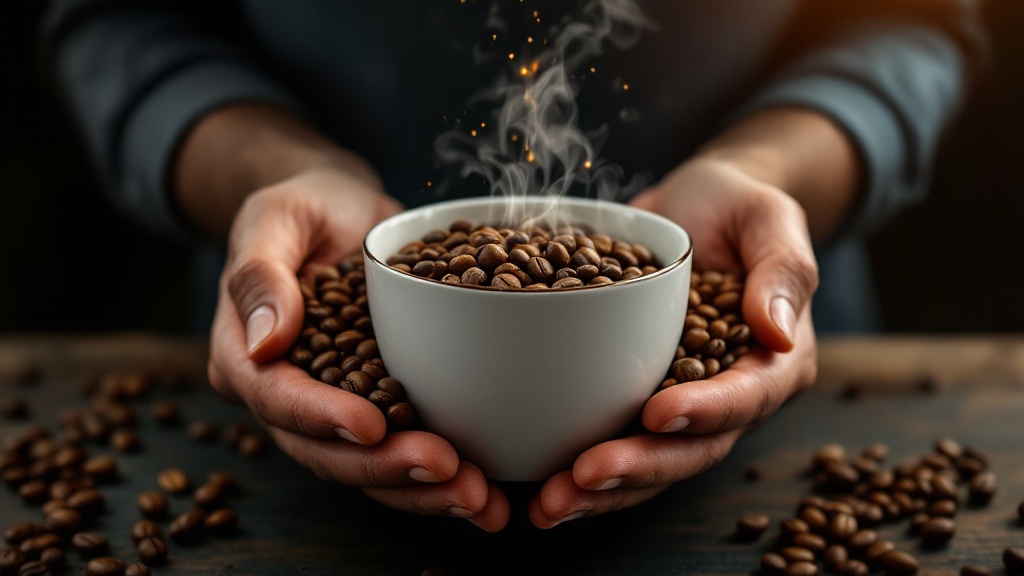
The journey to flavorful coffee begins with understanding the two dominant species: Arabica and Robusta. Arabica, known for its nuanced flavors and lower acidity, reigns supreme in the specialty coffee world. Robusta, with its bold, bitter profile and higher caffeine content, often finds its way into espresso blends and instant coffee. The flavor profile of a coffee, encompassing its acidity, sweetness, bitterness, aroma, and aftertaste, is a complex interplay of various factors. Origin, processing, roast level, and brewing technique all contribute to the final cup.
Single-origin beans offer a glimpse into the unique terroir of a specific region or farm, showcasing the distinct characteristics imparted by the soil, climate, and altitude. Blends, on the other hand, combine beans from different origins to create a balanced or more complex flavor profile, often designed to achieve specific taste characteristics. Finally, the designation of “specialty coffee,” awarded by the Specialty Coffee Association (SCA) to beans scoring 80 or above on a 100-point scale, represents the pinnacle of quality and flavor.
Roast Development & Flavor
The roasting process significantly impacts coffee’s flavor profile, transforming raw green beans into the aromatic, flavorful product we enjoy. This transformation occurs through a series of chemical reactions driven by heat, resulting in the Maillard reaction and caramelization. The Maillard reaction, a complex series of chemical reactions between amino acids and reducing sugars, begins around 200°C (392°F), contributing to the development of hundreds of volatile aroma compounds. Caramelization, the browning of sugars, also plays a critical role, adding sweetness and contributing to color development. These reactions are highly temperature and time-sensitive, making precise control crucial for achieving the desired flavor profile.
- Light roasts highlight the bean’s origin characteristics with brighter acidity and more delicate flavors.
- Medium roasts offer a balanced profile, combining acidity, sweetness, and body.
- Dark roasts emphasize bolder, often smoky or bittersweet flavors with reduced acidity.
- The rate of roast (speed of temperature increase) affects the final flavor profile; faster roasts can result in a more intense flavor.
- Specific roast defects, such as quakers (unroasted beans) or scorching, can negatively impact the final cup.
| Key Aspect | Arabica | Robusta | Specialty Coffee |
|---|---|---|---|
| Flavor Profile | Nuanced, lower acidity | Bold, bitter, higher caffeine | Scores 80+ on SCA scale |
| Common Use | Specialty coffee | Espresso blends, instant coffee | Pinnacle of quality |
| Roast Impact | Highlights origin, bright acidity | Bolder, smoky flavors | Balanced, complex profile |
From Bean to Cup: A Historical Journey of Coffee

Coffee’s rich history spans centuries, originating in Ethiopia around the 9th century. From its humble beginnings, coffee cultivation spread to Yemen, where Arabica beans were first domesticated in the 15th century. Centuries later, in the 19th century, Robusta was discovered in Central Africa. The 17th century marked coffee’s introduction to Europe, giving rise to the vibrant coffeehouse culture. The 20th century saw the rise of mass-produced coffee, often prioritizing quantity over quality.
Now, hold on, the late 20th and early 21st centuries witnessed a resurgence of appreciation for high-quality, specialty coffee. The Third Wave Coffee movement, emerging in the 2000s, champions traceability, sustainability, and artisanal roasting, placing flavor at the forefront. This movement has transformed the coffee landscape, emphasizing the importance of the entire coffee supply chain, from bean to cup.
Arabica Bean Processing
Arabica coffee beans, the most widely consumed type globally, undergo a crucial processing stage that significantly impacts the final cup’s quality and flavor profile. This process, generally categorized as either wet or dry, directly influences the bean’s physical characteristics and chemical composition. Wet processing, also known as washed processing, involves removing the fruit pulp immediately after harvesting. This is typically accomplished through a series of steps including depulping, fermentation (usually lasting 12-48 hours depending on temperature and bean variety), and washing to remove remaining mucilage. This process yields a cleaner, brighter cup profile, often characterized by higher acidity and a more delicate aroma. The beans are then dried, either using sun-drying methods on raised beds or mechanical dryers, ensuring uniform moisture content before milling.
- Dry processing, also called natural processing, leaves the fruit on the bean during drying, resulting in a sweeter, fuller-bodied cup with lower acidity.
- The fermentation stage in wet processing is crucial for removing pectin, impacting the final bean’s texture and flavor.
- Different drying methods (sun-drying vs. mechanical) can influence the bean’s flavor profile and quality; sun-drying often imparts more complex flavors.
- Honey processing is a hybrid method combining elements of wet and dry processing, offering a unique flavor profile.
- The choice of processing method depends on factors like climate, bean variety, and desired cup characteristics.
Navigating the Current Coffee Landscape: Trends and Demands
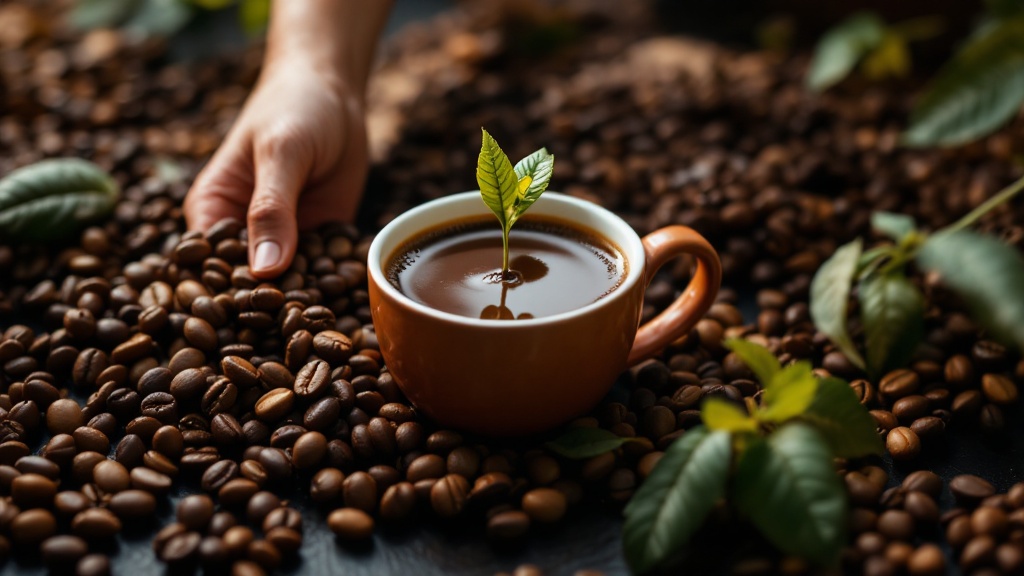
The global specialty coffee market is experiencing remarkable growth, with a projected CAGR of 13.3% between 2021 and 2028 (Statista). This surge is driven by increasing consumer demand for premium, ethically sourced beans. Sustainability is a key factor, with certifications like Fair Trade, Rainforest Alliance, and Organic becoming increasingly important to discerning coffee drinkers.
Direct trade relationships between roasters and farmers are gaining traction, fostering transparency and ensuring fair compensation for producers while providing roasters with access to high-quality beans. Flavor trends lean towards light to medium roasts, which preserve the nuanced origin characteristics of the beans. Fruity, floral, and chocolatey notes are particularly sought after, reflecting a preference for complex and delicate flavor profiles.
Roast Level & Flavor Profile
The relationship between roast level and the resulting flavor profile in specialty coffee is complex and significantly impacts consumer perception and market trends. The degree of roast is determined by the bean’s internal temperature during the roasting process, affecting its chemical composition and impacting the extraction yield during brewing. Lighter roasts, generally reaching internal temperatures between 375-410°F, retain more of the bean’s original volatile organic compounds (VOCs), resulting in a brighter acidity, nuanced origin characteristics, and a wider range of flavor notes – often fruity, floral, or citric. These attributes are highly sought after by consumers seeking complex and delicate flavor profiles, as highlighted in current market trends. Conversely, darker roasts (410-440°F+) exhibit a reduction in VOCs and an increase in Maillard reaction products, leading to a more robust, smoky, and potentially bitter profile, with a masking of subtle origin characteristics.
- Roast level directly influences caffeine concentration; lighter roasts generally retain more caffeine.
- The “first crack” sound during roasting signifies the bean’s significant internal gas release, a key indicator for lighter roasts.
- Beyond 410°F, the Maillard reaction becomes more dominant, leading to the characteristic darker color and bolder flavors.
- Different bean origins respond differently to roasting; some handle darker roasts better than others.
- Specialty coffee roasters often use roast profiles (time/temperature curves) to achieve specific flavor goals.
The Science of Flavor: Technical Aspects and Specifications
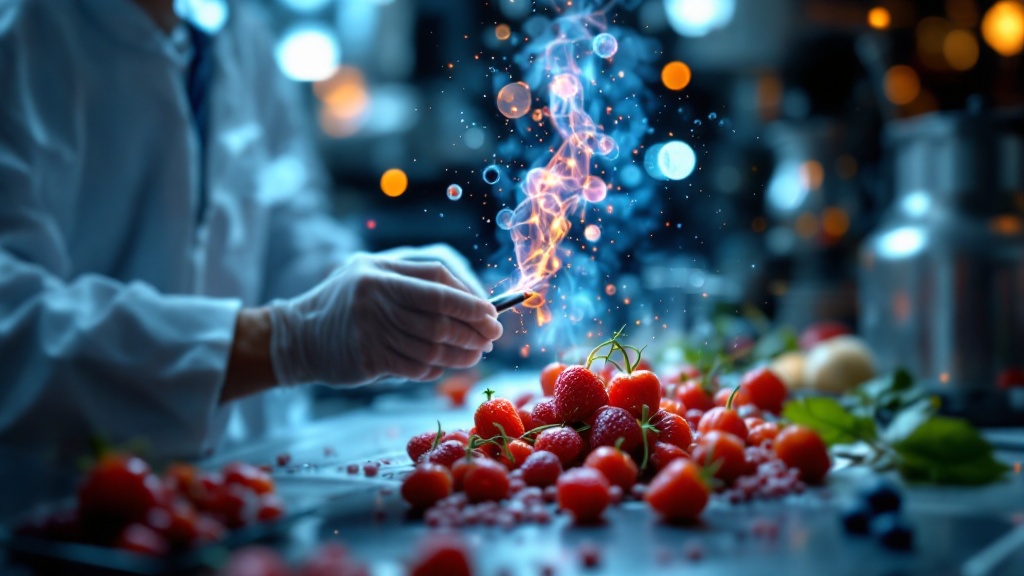
Understanding the technical aspects of coffee production can significantly impact your appreciation of flavor. Bean grading, based on size, density, and defects, is a crucial quality control measure. For example, Ethiopian Yirgacheffe, known for its delicate floral notes, is often graded as Grade 1 or 2. Roast level plays a pivotal role in shaping flavor. Light roasts (356°F-401°F) highlight origin characteristics, while dark roasts (above 440°F) develop roast-driven flavors like smokiness.
Processing methods, such as washed, natural, and honey, significantly influence the final flavor profile. Washed processing yields clean, bright flavors, while natural processing results in fruity, complex notes. Honey processing offers a balance between sweetness and acidity. Maintaining the ideal moisture content of green coffee beans (10-12%) is crucial for preserving quality and preventing mold growth.Coffee Research Instituteprovides in-depth information on these processes.
Green Coffee Moisture Control
Maintaining optimal moisture content in green coffee beans is critical for preserving quality and preventing defects. The ideal range is generally accepted as 10-12%, although this can vary slightly depending on the bean’s origin and intended roast profile. Moisture content above 12% significantly increases the risk of mold growth, enzymatic activity, and the development of off-flavors, leading to a reduction in cup quality and potential spoilage. Conversely, moisture content below 10% can lead to brittleness, increasing the likelihood of bean breakage during processing and extraction, negatively affecting the final brew. Accurate measurement is achieved using a moisture meter, calibrated regularly according to manufacturer specifications (e.g., a calibrated halogen moisture balance adhering to ASTM standards). The specific method of calibration and required frequency will be determined by the accuracy and precision necessary, and internal quality control procedures should be in place to ensure adherence to standards.
- Storage environment significantly impacts moisture; use climate-controlled areas with low humidity.
- Bean density influences moisture absorption; higher-density beans may require closer monitoring.
- Regular moisture checks are crucial, especially during transportation and storage transitions.
- Different roasting methods may necessitate slight adjustments to ideal moisture content ranges.
- Improper moisture control can lead to increased bean defects like quakers (unroasted beans).
- Investing in a high-quality moisture meter with traceable calibration is a critical cost-effective investment.
Exploring the World of Flavor: Bean Variety Highlights
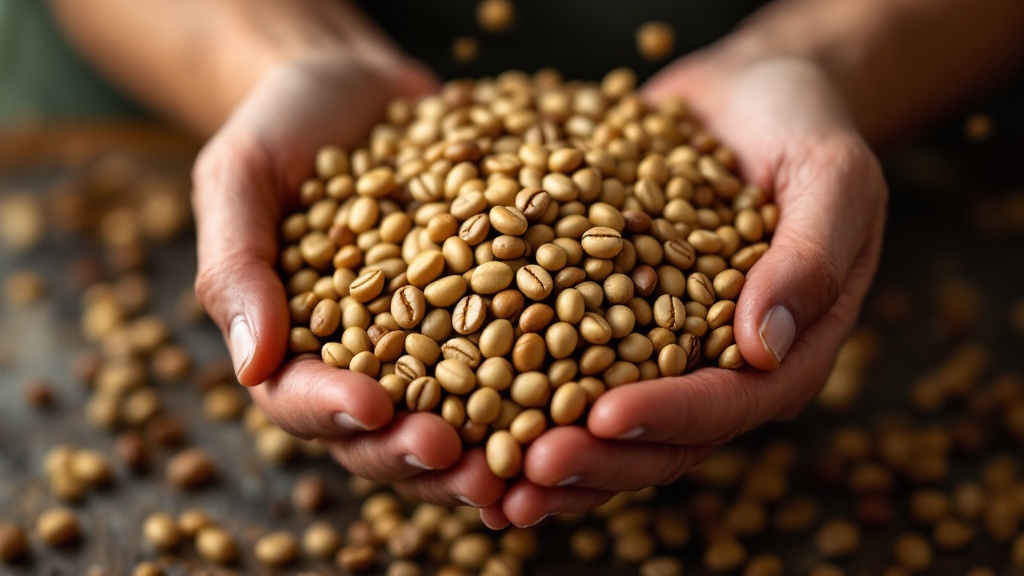
From the bright citrus notes of Ethiopian Yirgacheffe to the rich chocolatey undertones of Guatemalan Antigua, the world of coffee offers an incredible diversity of flavors. Ethiopian Yirgacheffe, often brewed using pour-over or Aeropress methods, is prized for its floral aromas and delicate acidity. Colombian Supremo, a classic choice for drip coffee, offers a balanced profile with notes of caramel and nuts.
Jamaican Blue Mountain, renowned for its mild flavor and lack of bitterness, is considered a luxury coffee, often enjoyed as a special treat. Guatemalan Antigua, with its chocolate and spice notes, is an excellent choice for espresso.Coffee Reviewoffers detailed reviews and flavor profiles of various coffee beans.
Arabica Cultivar Differentiation
The diverse flavor profiles exhibited by Arabica coffee beans are significantly influenced by cultivar-specific genetic characteristics. These genetic variations affect the bean’s chemical composition, leading to distinct differences in cup characteristics such as acidity, body, and aroma. For example, the Typica cultivar, one of the oldest and most widely distributed, tends to produce beans with a relatively high acidity and a clean, bright cup profile, often noted in Ethiopian Yirgacheffe coffees. Conversely, cultivars like Bourbon, a natural mutation of Typica, frequently result in beans with a fuller body and a more nuanced flavor profile, often exhibiting richer, sweeter notes. These differences are not solely determined by the cultivar itself, however, but are also influenced by terroir, processing methods, and roasting profiles.
- Genetic variations within Arabica cultivars directly affect caffeine levels, influencing the coffee’s intensity.
- The Gesha cultivar, known for its floral and delicate profile, commands high prices due to its unique genetic makeup.
- Cultivars like Caturra and Mundo Novo are known for their higher yields but may possess less complex flavor profiles compared to heirloom varieties.
- Many modern cultivars are hybrids, combining desirable traits from different parent varieties to enhance yield and quality.
- Environmental factors like altitude, rainfall, and soil composition interact with the cultivar’s genetics to shape the final cup.
The Future of Flavor: Innovations and Developments

The world of coffee is constantly evolving, with innovative techniques pushing the boundaries of flavor. Experimental fermentation methods, such as anaerobic or carbonic maceration, are producing unique flavor profiles reminiscent of wine or tropical fruits. Artificial intelligence is being integrated into roasting, with companies like Cropster utilizing AI to optimize roast profiles for consistent flavor and quality.
Even better, the development of climate-resilient coffee varieties, such as Starmaya, aims to ensure the future of coffee production in the face of climate change, while maintaining the high flavor standards demanded by specialty coffee enthusiasts.Perfect Daily Grindoffers insights into these latest developments.
AI-Driven Roast Profiling
The application of artificial intelligence (AI) in coffee roasting represents a significant advancement in achieving consistent and optimized flavor profiles. Machine learning algorithms, specifically those employing supervised learning techniques, are trained on vast datasets of roast profiles correlated with sensory evaluation scores. These datasets encompass numerous parameters, including bean origin, green bean characteristics (density, moisture content), roast degree (measured by color, temperature, and time), and ultimately, the resulting cup quality assessed through cupping protocols. Sophisticated algorithms, often utilizing techniques such as regression analysis and support vector machines (SVMs), are employed to identify complex non-linear relationships between roasting parameters and the final sensory attributes.
- Predictive modeling allows for precise roast replication, minimizing inconsistencies between batches.
- AI can identify optimal roast parameters for specific bean types, maximizing desired flavor notes.
- Real-time adjustments during roasting are possible, ensuring consistent quality despite variations in green beans.
- Reduces reliance on expert roasters’ experience, making high-quality roasting more accessible.
- Data analysis reveals previously unknown correlations between roasting variables and sensory outcomes.
Expert Advice: Tips for Optimal Flavor
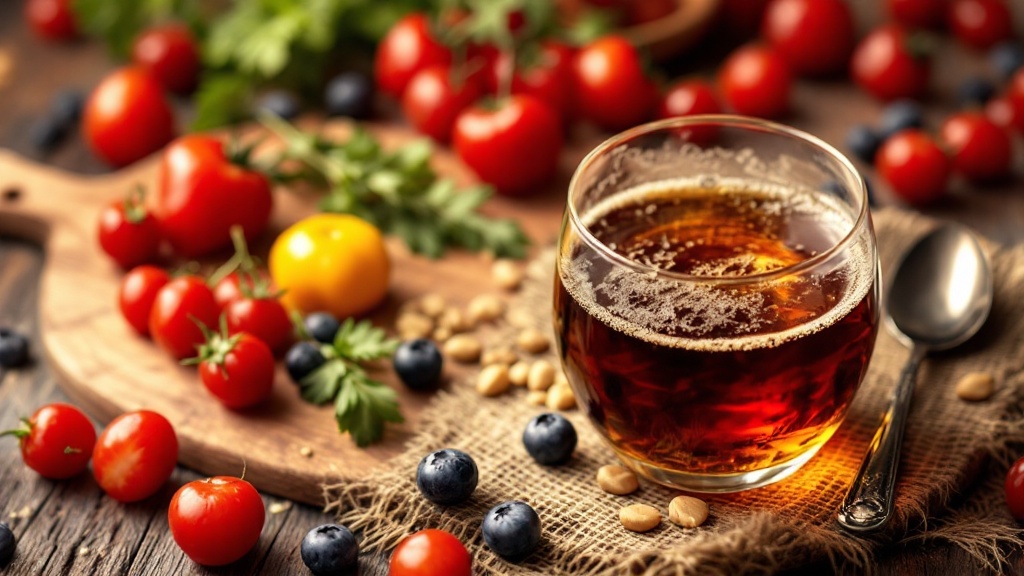
Leading figures in the coffee industry, such as James Hoffmann (World Barista Champion), emphasize the importance of freshness, recommending consuming beans within 4-6 weeks of roasting. Erna Knutsen, often referred to as the “Mother of Specialty Coffee,” advocated for single-origin beans to highlight the unique flavor profiles of different regions. Tim Wendelboe, a renowned roaster, stresses the critical role of processing methods in shaping flavor. (James Hoffmann’s Website)
To maximize flavor at home, adhere to best practices for storage and brewing. Store beans in airtight containers away from light, heat, and moisture. Avoid freezing or refrigerating beans, as this can negatively impact flavor. Use a burr grinder for consistent particle size, essential for even extraction and optimal flavor development. The SCA recommends a 1:16 coffee-to-water ratio (e.g., 20g coffee to 320g water) for drip coffee. (SCA best practices)
Burr Grinder Optimization
Achieving optimal coffee extraction necessitates a consistent particle size distribution, a feat best accomplished using a burr grinder. Unlike blade grinders, which produce a highly inconsistent range of particle sizes leading to uneven extraction and compromised flavor, burr grinders offer precise control over grind size. This control is crucial because the surface area of the coffee grounds directly impacts the rate of water extraction. Too fine a grind results in over-extraction, yielding bitter and astringent flavors, while too coarse a grind leads to under-extraction, resulting in sour and weak coffee. The ideal grind size depends heavily on the brewing method; espresso requires a significantly finer grind than pour-over, for example. High-quality burr grinders, such as those from Baratza (e.g., the Forte AP) or Mahlkönig (e.g., the EK43), offer stepless adjustment mechanisms, allowing for precise micro-adjustments to achieve the optimal grind setting for a particular bean and brewing method.
- Burr type impacts grind consistency: Conical burrs are generally quieter and produce less static, while flat burrs offer potentially more consistent particle size distribution.
- Regular burr cleaning is crucial: Coffee oils and fines accumulate, impacting grind consistency and potentially leading to stale-tasting coffee. Clean your burrs according to manufacturer recommendations.
- Grind size adjustments should be incremental: Make small adjustments (e.g., 1/4 turn at a time) to find the optimal setting for your beans and brewing method. Note your adjustments to replicate success.
- Consider burr material: Steel burrs are common, but ceramic burrs offer advantages like less heat generation, which is important for preserving flavor.
- Dosing consistency is key: Use a scale to weigh your coffee beans for consistent doses before grinding, ensuring optimal coffee-to-water ratios.
Conclusion: Embark on Your Flavor Adventure
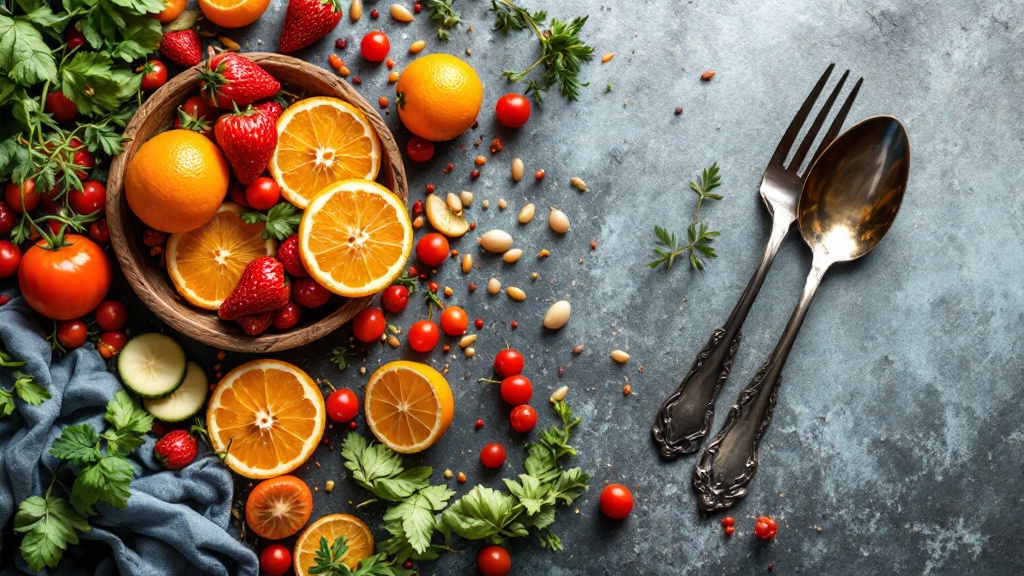
The quest for the perfect cup of coffee is a journey of exploration and discovery. By understanding the factors that influence flavor, from bean variety and processing method to roast level and brewing technique, you can unlock a world of sensory experiences. Embrace the diversity of coffee beans available, experiment with different brewing methods, and embark on your own personal flavor adventure. With a little knowledge and a passion for quality, you can elevate your coffee ritual from a simple routine to a truly delightful experience.
Roast Development & Flavor Profiles
The Maillard reaction, a crucial chemical process occurring during roasting, significantly impacts coffee flavor development. This reaction, between amino acids and reducing sugars, generates hundreds of volatile aromatic compounds responsible for the characteristic aroma and taste notes of roasted coffee. The degree of roast development directly influences the extent of the Maillard reaction and subsequent flavor profile. A lighter roast, for example, will retain more of the bean’s origin characteristics, exhibiting brighter acidity and nuanced flavor notes often described as floral, fruity, or citrusy. These lighter roasts typically exhibit lower levels of Maillard reaction products. Conversely, a darker roast undergoes a more extensive Maillard reaction, leading to a greater concentration of these compounds. This results in a more robust, bitter, and sometimes smoky profile, often with reduced acidity and a more pronounced body. The precise temperature and duration of the roasting process, monitored using a calibrated thermocouple and roast profiling software such as Artisan or Cropster, directly dictate the extent of the Maillard reaction and the final flavor outcome.
- Beyond the Maillard reaction, pyrolysis contributes to darker roast flavors through the breakdown of sugars into caramels and furans.
- Specific roast levels (e.g., light, medium, dark, etc.) are defined by bean internal temperature and visual cues like color and bean cracking sounds.
- Acidity levels generally decrease with darker roasts due to the breakdown of organic acids during the roasting process.
- The type of coffee bean significantly impacts the final flavor profile; even the same roast level will taste different with Arabica vs. Robusta beans.
- Roast development influences caffeine levels; some caffeine is lost during the longer roasting times needed for darker roasts.
| Roast Level | Flavor Profile | Acidity | Caffeine Level |
|---|---|---|---|
| Light Roast | Floral, fruity, citrusy | Higher acidity | Higher caffeine |
| Dark Roast | Robust, bitter, smoky | Lower acidity | Lower caffeine |

